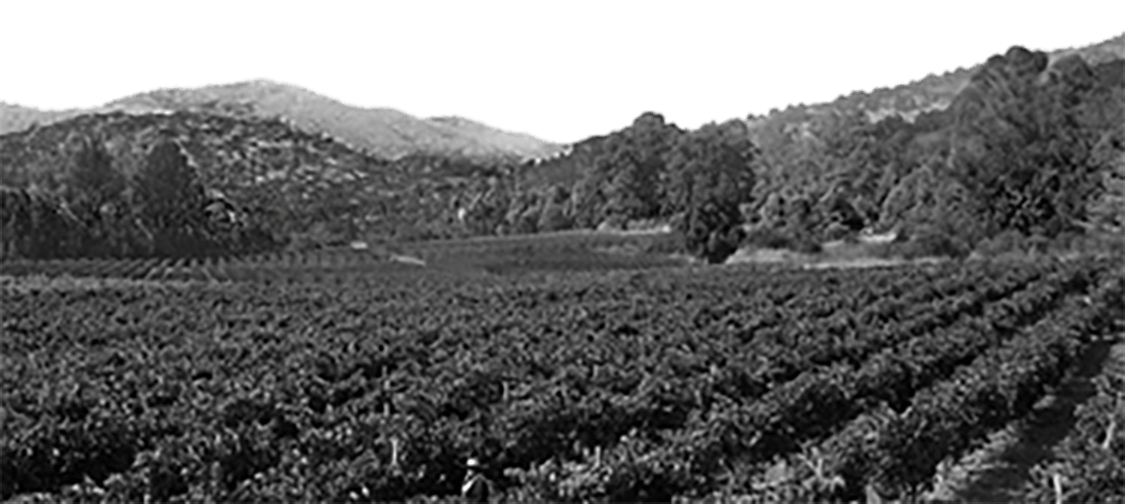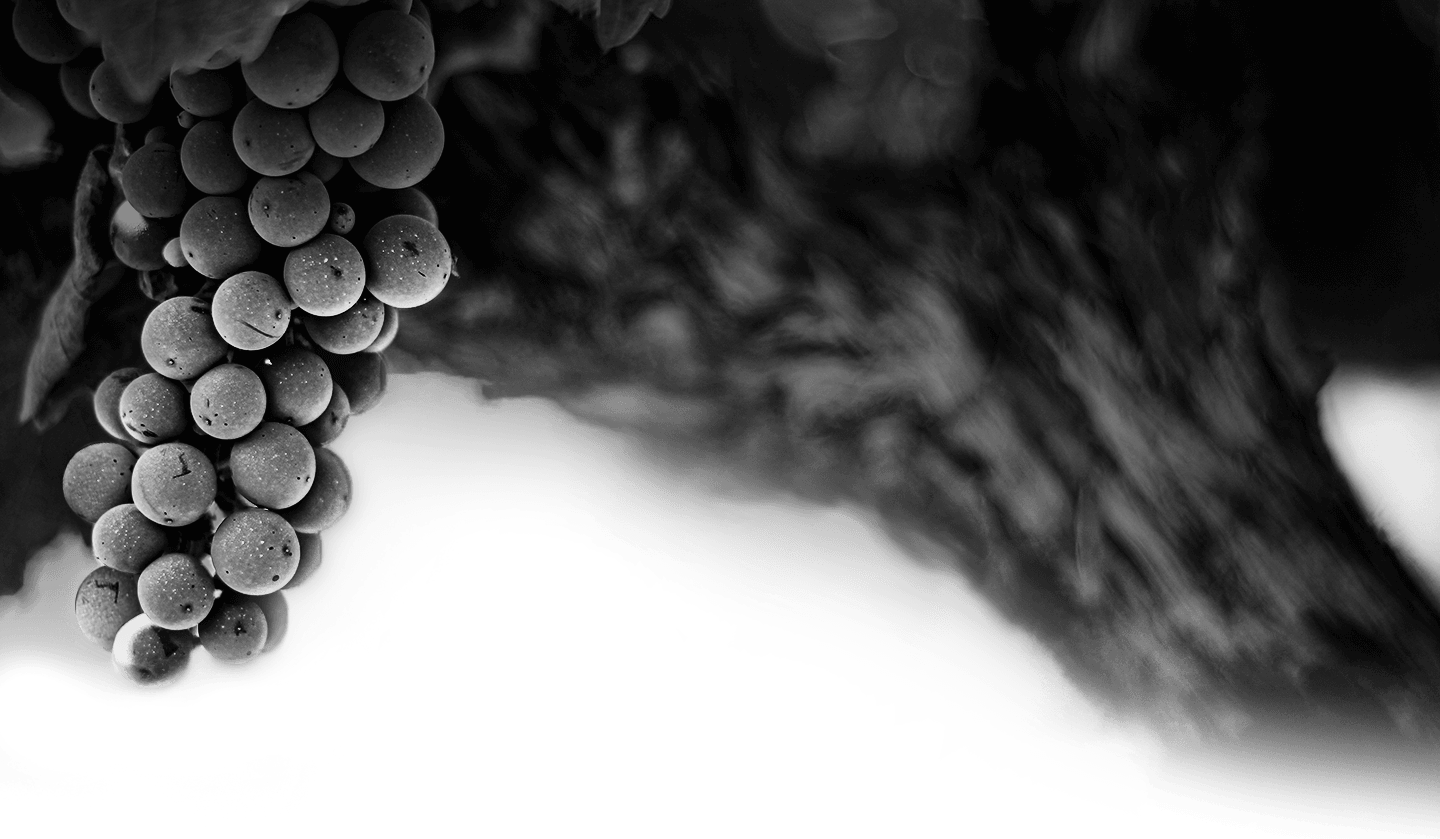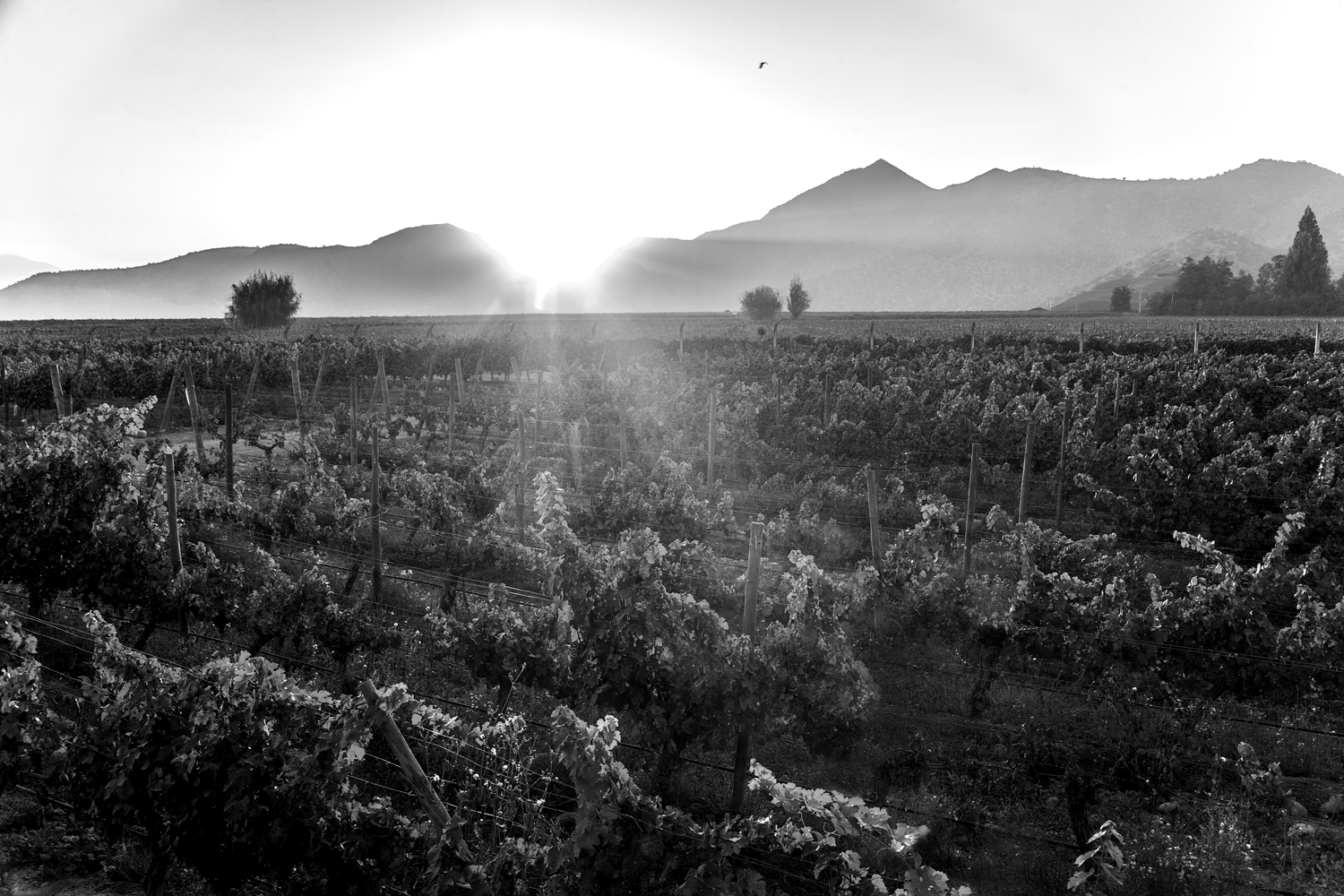« Plus encore qu’un hommage, ce vin est comme un héritage, le fruit de la rencontre entre les terroirs Chiliens, le savoir-faire de notre société familiale et une personnalité charismatique.
Si je devais définir Baronesa P. en 3 mots ce serait : exigence, élégance et flamboyance.
L’exigence au cœur de notre famille depuis des générations. Et l’élaboration de Baronesa P. est portée par cette même exigence. L’élégance est signée, tant par le flacon que le vin. Et la flamboyance relève de sa personnalité.»
Philippe Sereys de Rothschild,
Président-Directeur Général de Baron Philippe de Rothschild S.A.
Baronesa P. est une sélection de nos meilleurs micro-terroirs, fruit de longues années d’expérience conjuguées à la connaissance de nos sols et de nos vignes. Au fil des années et des résultats de vinification, nous avons réussi à affiner notre sélection pour créer cette cuvée en hommage à la Baronne Philippine de Rothschild.
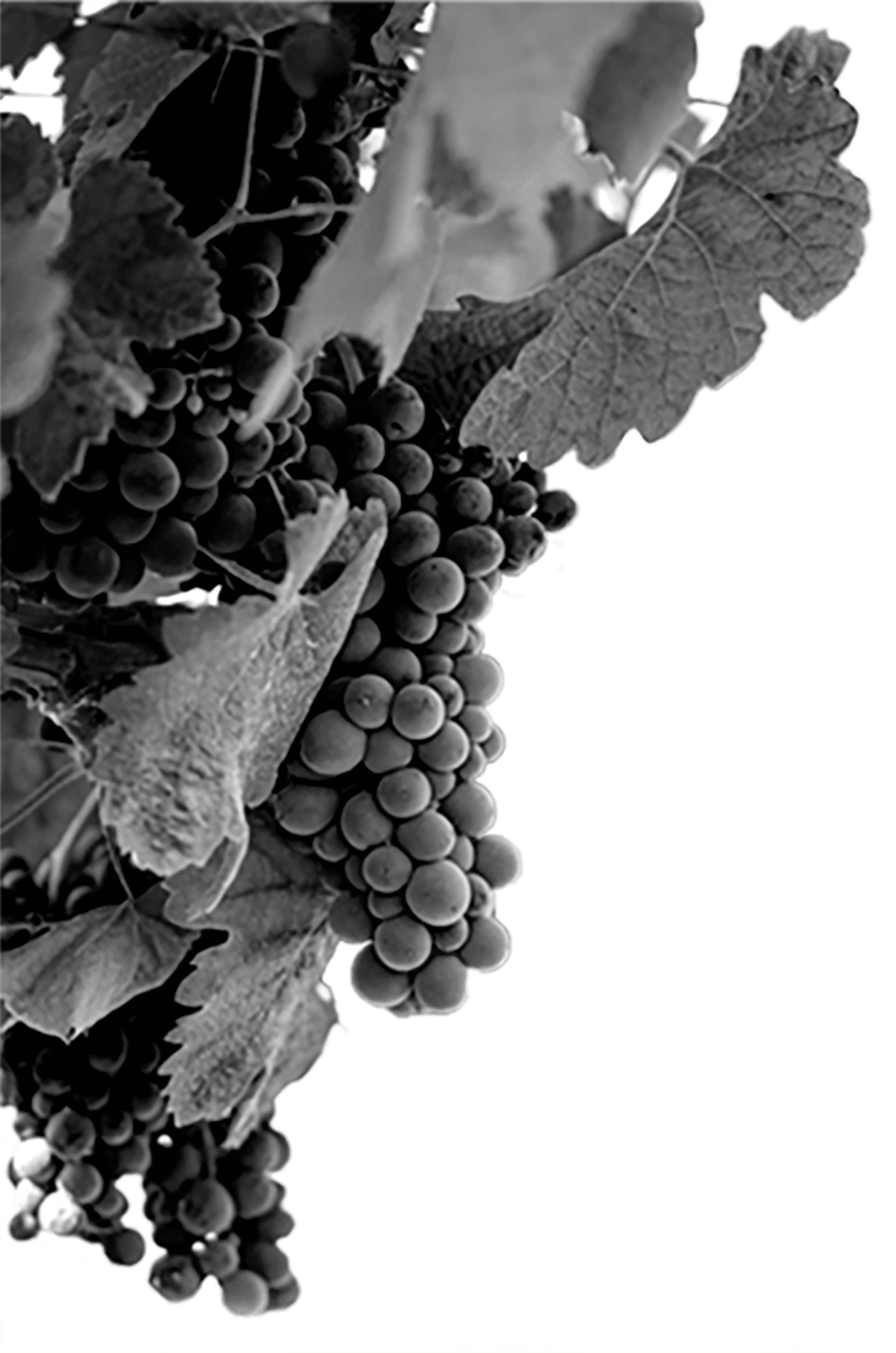

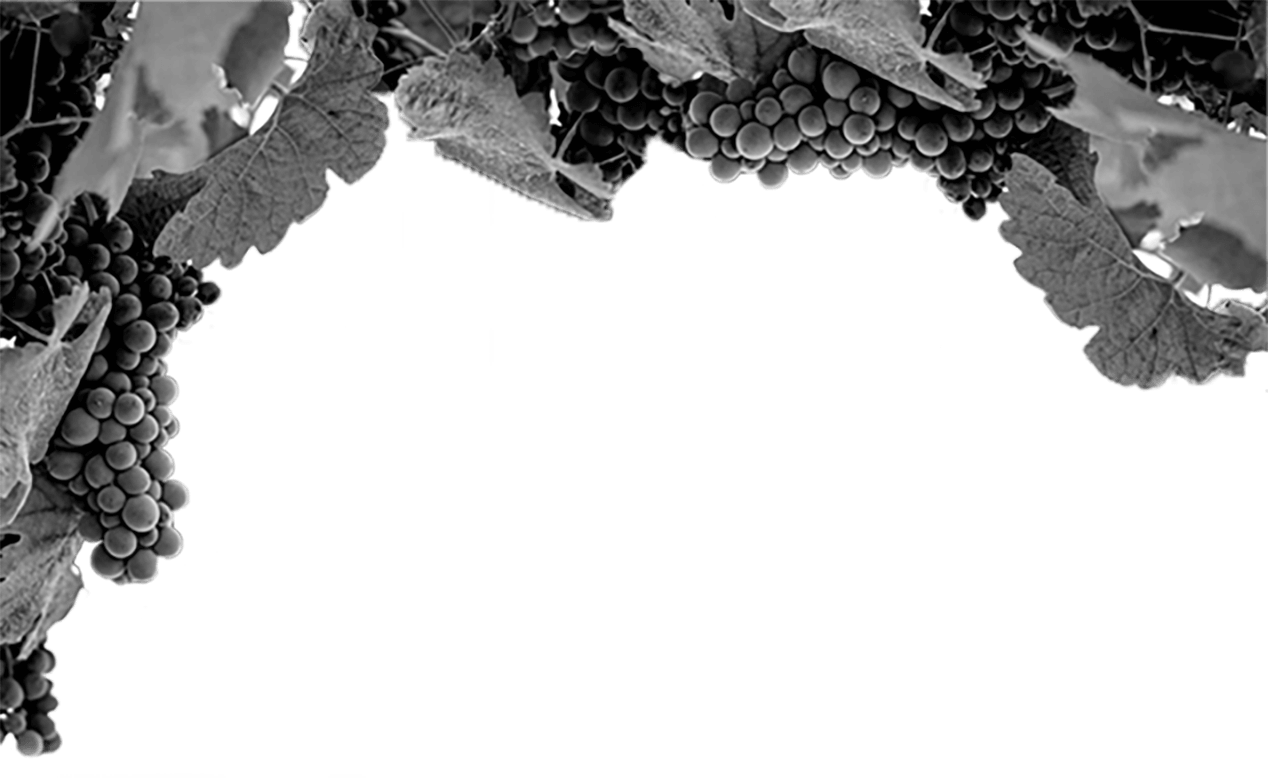
Vendanges
Du 18 mars au 30 avril
Assemblage
83% Cabernet Sauvignon
6% Carménère
5% Petit Verdot
5% Cabernet Franc
1% Syrah
Élevage
15 mois en barriques de chêne français, 55 % neuves, 45 % d’un an.
Potentiel de garde
De 10 à 15 ans
Notes de dégustation
La robe est rouge rubis profond, avec des reflets violets intenses.
Le nez est riche et généreux, très complexe, avec une vaste palette d’arômes, marqué par des notes de graphite, une forte intensité fruitée dominée notamment par le cassis, la cerise rouge, ainsi que des notes fruits noirs comme la prune, la cerise noire, la myrtille et la mûre, mêlées à des nuances florales de lavande et de romarin.
L’attaque est très juteuse en bouche, fine, élégante, complexe et profonde, avec un beau volume et une belle structure bien ciselée, soulignée par la fraîcheur et la minéralité, ainsi que des tannins soyeux et très fins. On retrouve également des notes de cèdre et de boîte à cigares avec une très longue finale soutenue par une acidité équilibrée.
Toutes ces caractéristiques créent un excellent équilibre entre puissance et élégance et laissent deviner un bon potentiel de garde.
Le climat est de type « méditerranéen » pour le Cabernet Sauvignon, le Cabernet Franc et la Syrah, tout en bénéficiant de l’influence déterminante de l’air froid qui descend de la cordillère des Andes pendant la nuit et rafraîchit la vallée notamment pendant la période estivale. Ce phénomène génère une forte amplitude thermique entre le jour et la nuit, créant des conditions idéales pour la maturité des Cabernets et de la Syrah.
La Carmenère et le Petit Verdot bénéficient également d’un climat de type « méditerranéen », mais avec une température moyenne plus élevée d’environ 1 °C que sur la zone des Cabernets et de la Syrah, permettant ainsi à ces deux cépages tardifs d’atteindre une concentration et maturité optimales.
Le Cabernet Sauvignon, le Cabernet Franc et la Syrah, plantés en 1997, 2003 et 2009, sont cultivés sur un sol alluvionnaire équilibré, composé de graves, limono-argilo-sableux à limono-argileux, avec une roche-mère située à 3 mètres de profondeur. La Carmenère et le Petit Verdot, plantés en 1998, sont cultivés sur des sols argileux et profonds, qui vont apporter une structure tannique souple et élégante.
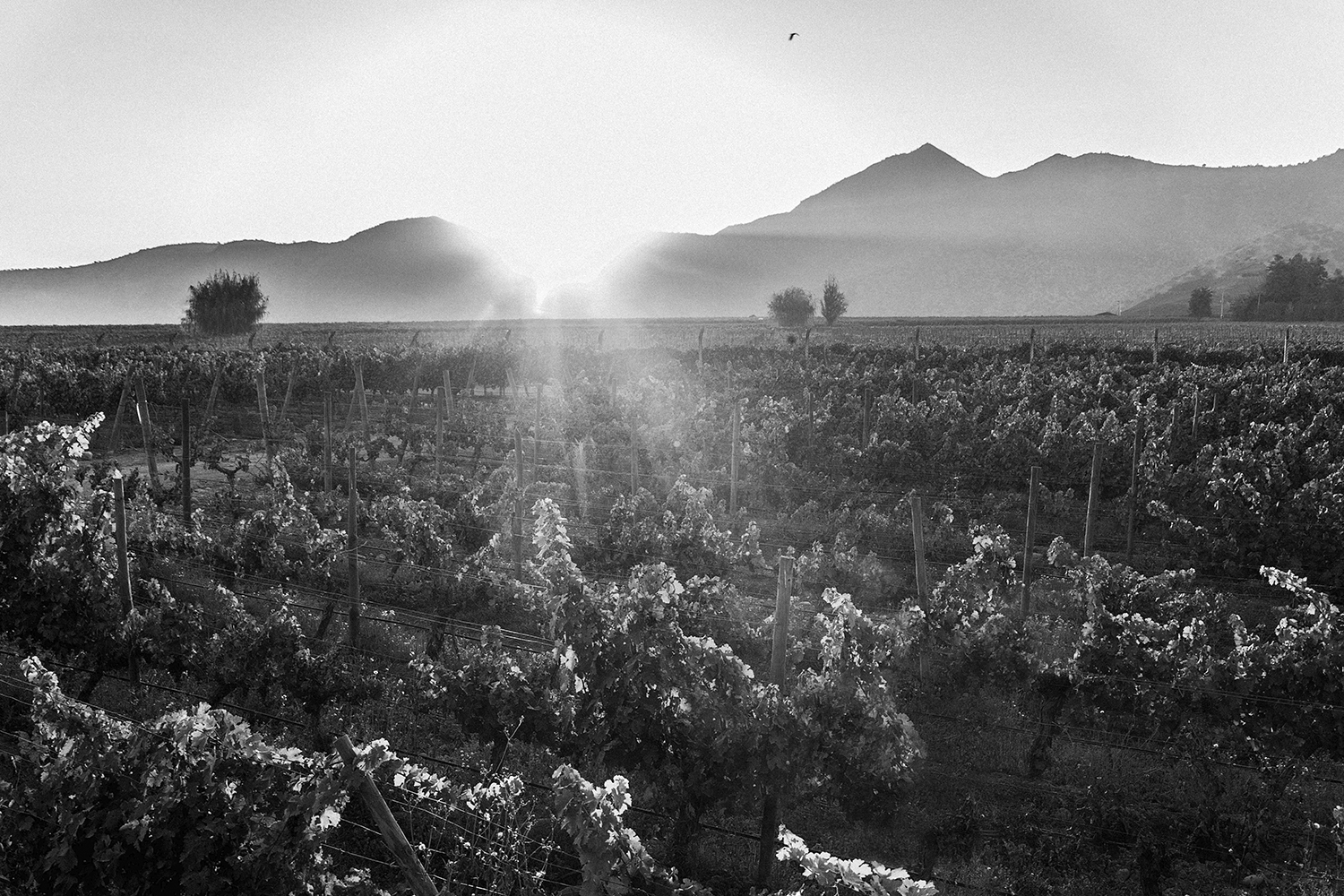
CLIMATOGRAPHIE, CONDITIONS DE RECOLTE
Dans l’ensemble, on peut dire que 2022 est un millésime qui se caractérise par des vins bien équilibrés et intensément aromatiques. Les températures moyennes maximales ont été un peu plus élevées que celles de 2021, 0,6 °C de plus en moyenne.
Les précipitations ont été particulièrement faibles, en quantité bien moindre qu’à la même saison en 2021, et limitées à l’hiver. Il n’y a pas eu de précipitations au printemps et en été, un seul épisode de pluie ayant été enregistré fin avril, en fin de vendanges. Cela n’a pas affecté la qualité des raisins, déjà récoltés à 99 %.
Au printemps, les températures moyennes ont été normales pour la saison et il n’y a pas eu de gel. Une variation de -0,1 % a été constatée par rapport à la moyenne historique.
Le débourrement s’est déroulé de façon homogène, avec 3 jours de retard en moyenne. La floraison a eu lieu dans un contexte de températures optimales et sans précipitations, entre 1 et 3 jours plus tard selon les cépages.
Les mois de janvier et février ont été chauds, les températures dépassant la moyenne de 0,3 °C. La véraison a débuté rapidement et de manière uniforme, avec une durée raccourcie allant de 30 à 35 jours, selon le cépage.
Le mois de mars a été sec mais avec des températures élevées, supérieures de 0,15 °C à la moyenne. Avril a enregistré une chute des températures, -0,2 °C par rapport à la moyenne, ce qui a ralenti le processus de maturation, favorisant le développement d’arômes plus intenses et avançant la maturité phénolique.


